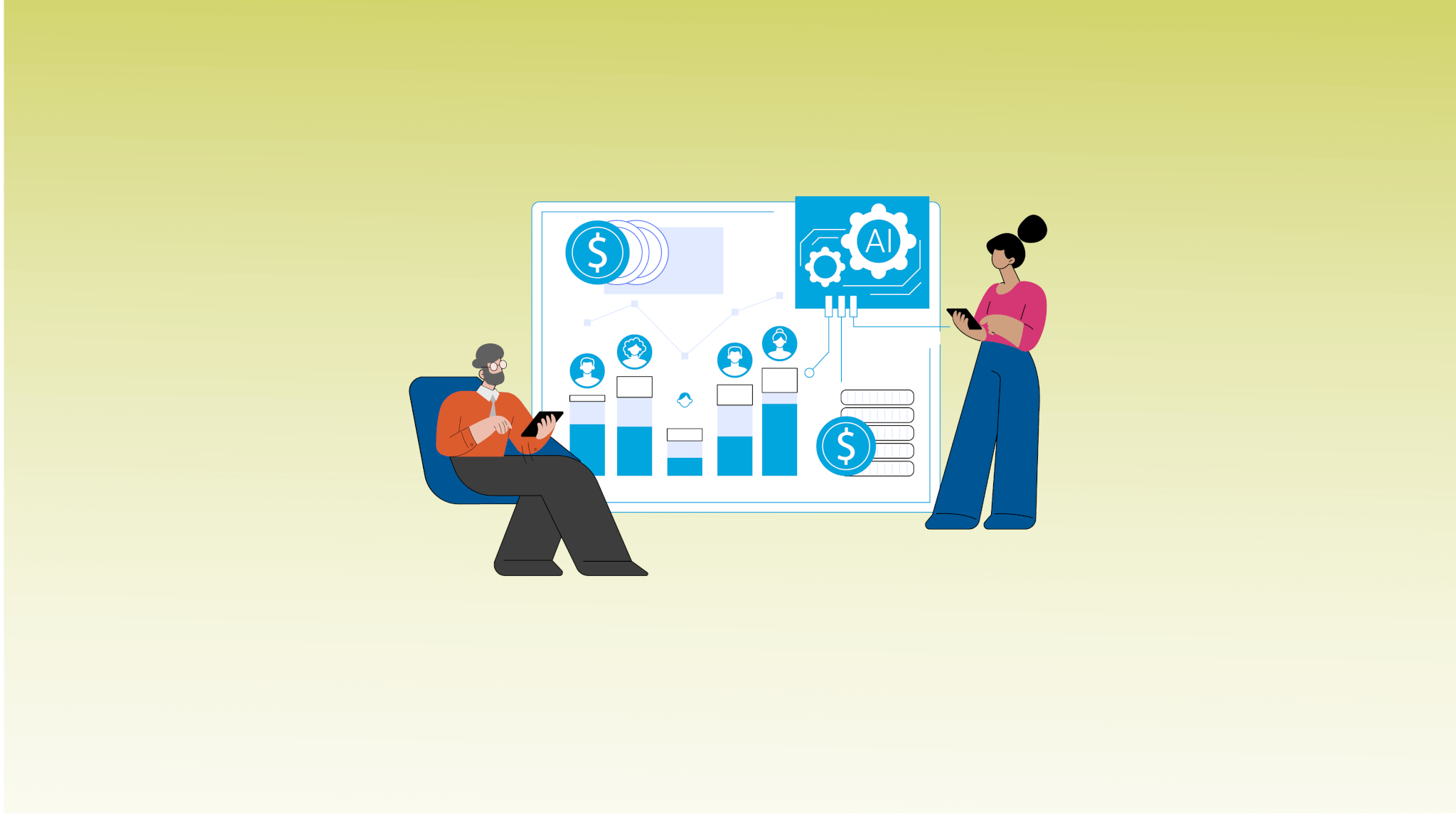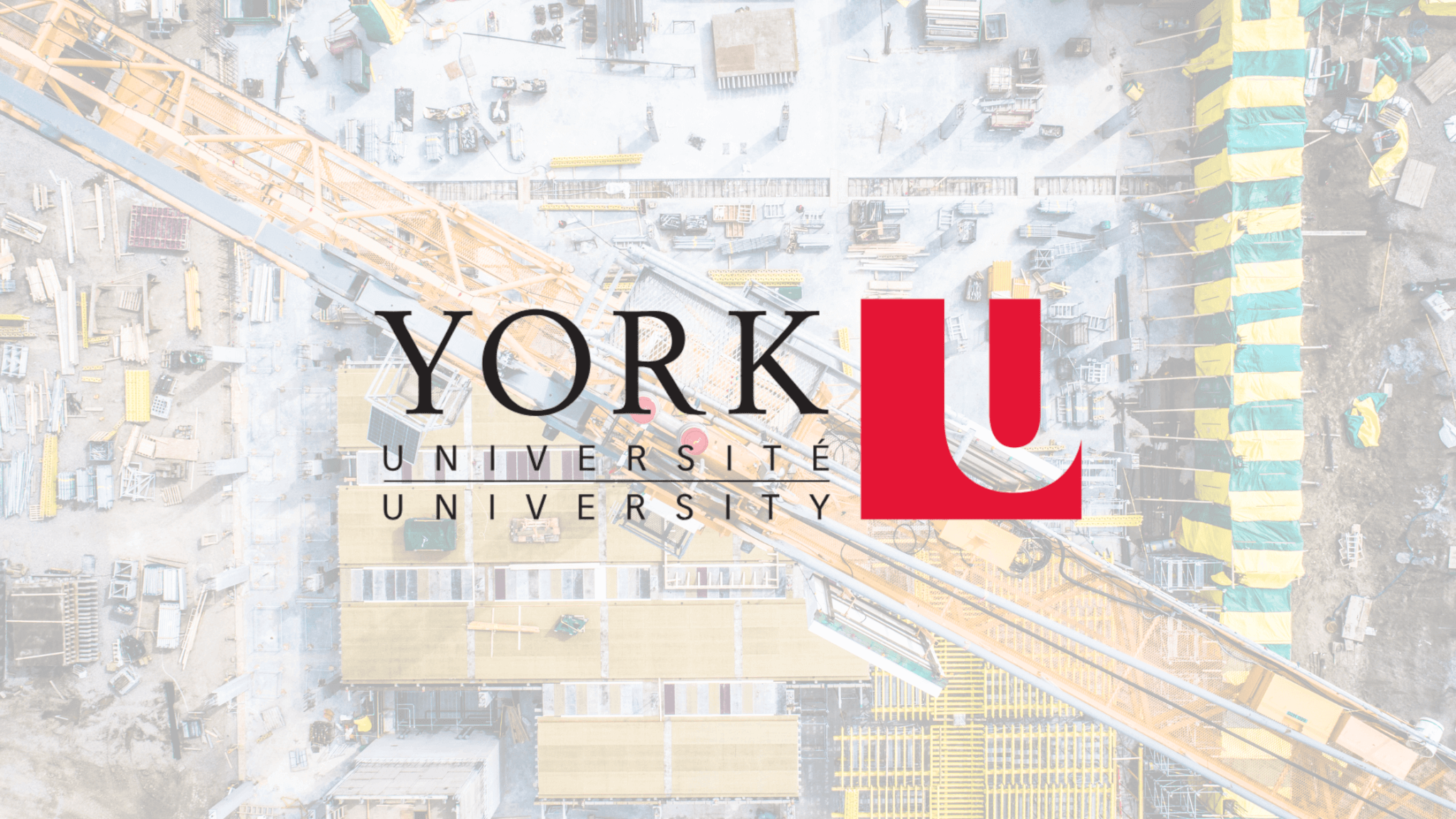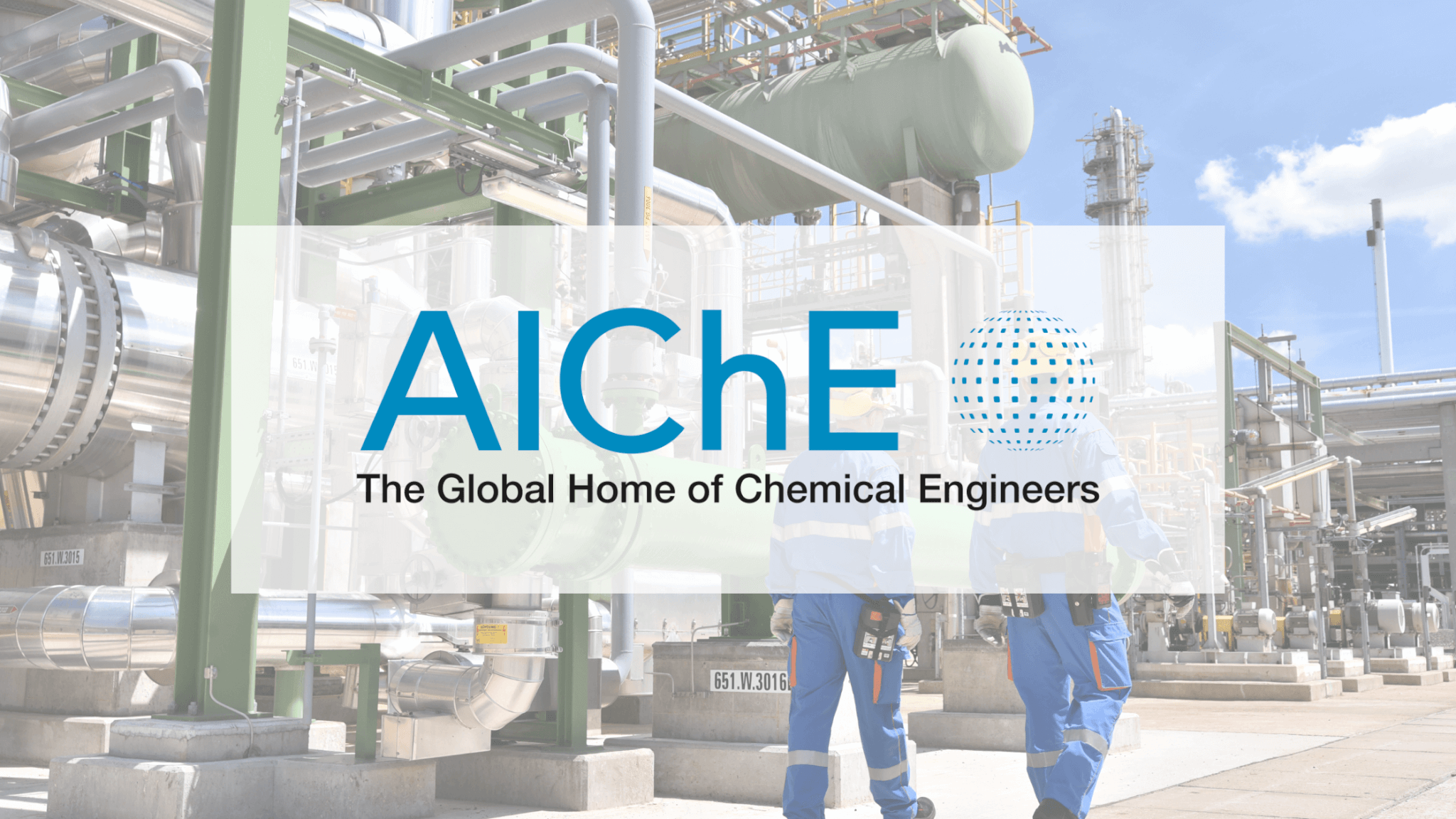
Professional Development
ARTICLES




From tools to tech: Encouraging construction technology adoption across generations
April 10, 2025
Reverse mentoring and collaborative training are simple strategies to help bridge the technology adoption gap in construction.

Breaking the stigma: How perception is hurting construction’s workforce
March 27, 2025
Misconceptions about the construction industry deter new talent and worsen labor shortages. It’s time to rethink a career in construction.

York University introduces post-graduate certificate in digital construction management
March 27, 2025
York University’s new post-graduate certificate in digital construction management is designed to equip professionals with cutting-edge skills for the evolving construction industry.

How AIChE supports chemical engineers with resources, communities, and career tools
March 24, 2025
AIChE connects engineers with resources like the AIChE Academy, job boards, and safety events while fostering community collaboration.

What you need to know about commercial auto safety as a contractor
March 24, 2025
Improve your commercial vehicle safety with telematics, proper insurance coverage, and training programs designed to protect your fleet.

6 tips for attracting and retaining Gen Z workers in the skilled trades
March 20, 2025
Understanding what Gen Z values, implementing flexible policies, and providing good pay and benefits are key to attracting them to skilled trades.

Unlock success in architecture, engineering, and construction with association memberships
March 13, 2025
Joining an association like the AGC or RAIC improves career advancement through networking, education, and exclusive industry news.

Association spotlight: How ASME supports construction innovation
March 10, 2025
ASME empowers the construction industry with professional recognition, education, networking, and innovative solutions for a thriving future.

‘Popcorn brain’ is distracting construction professionals with constant digital stimulation, impacting focus and productivity.
March 6, 2025
‘Popcorn brain’ is distracting construction professionals with constant digital stimulation, impacting focus and productivity.

ERP systems: The key to supercharging construction business management
March 6, 2025
ERP systems align accounting, finances, business intelligence, and human resources within one program, saving companies time and money.
